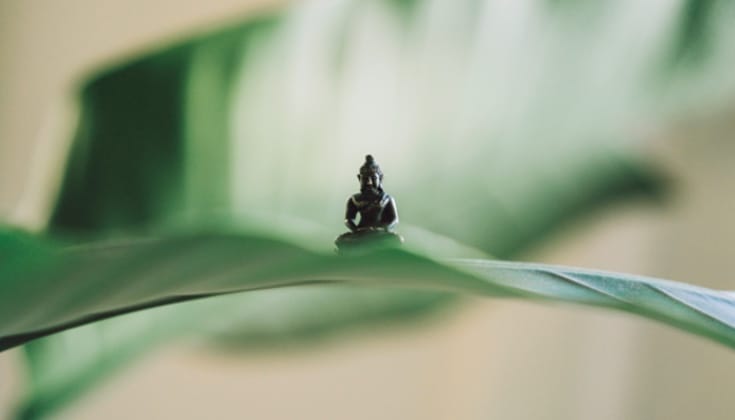In Rev. Kusala’s latest issue of the Urban Dharma Newsletter, Buddhist blogger Barbara O’Brien offers some tips on identifying true and false teachers and on finding the right teacher for you. Here is a snippit from the newsletter:
How do you know which teachers are for real and which are phonies? Many schools of Buddhism place great importance on lineage — the teacher’s teacher, the teacher’s teacher’s teacher, and so on, going back generations. Most schools of Buddhism only recognize teachers who have been authorized to teach either by that school’s institutions or by another authorized teacher.
It’s true that such authorization is no guarantee of quality. And not all unauthorized teachers are charlatans. But I would be very cautious about working with anyone who calls himself a “Buddhist” teacher but who has no association whatsoever with a recognized Buddhist lineage or institution. Such a teacher is almost certainly a fraud.
A few tips: Only the phonies claim to be “fully enlightened.” Beware of teachers who ooze charisma and are worshiped by their students. The best teachers are the most ordinary ones. The true teachers are those who say they have nothing to give you.
No Students, No Teachers
It’s common to develop an attitude about authority figures, usually because of bad experiences with them. When I was younger I was easily intimidated by authority figures, including teachers.
But remember the Madhyamika teaching — things have identity only in relation to each other. Students create teachers. Followers create leaders. Children create parents. And vice versa, of course. No person is, in fact, an authority figure. “Authority figure” is a relationship construct that is caused to manifest by “submissive figure.” It is not anyone’s intrinsic identity.
When I began to see that, I became less fearful of authority figures. Certainly in many situations — employment, the military — one cannot exactly blow off the authority figure illusion without consequences. But seeing through dualistic delusions — such as authority figure/submissive figure — is an essential part of the Buddhist path. And you can’t very well resolve an issue by avoiding it.
Also, in the case of working with a Buddhist teacher, if you feel something’s wrong, you can always walk away. I’ve yet to hear of a genuine teacher who would try to hang onto or control a student who wished to leave.
But keep in mind that the spiritual path goes through our wounds, not around them or away from them. Don’t let discomfort hold you back.
Finding Your Teacher
Once you decide to find a teacher, how do you find a teacher? If there are any Buddhist centers near where you live, start there. Studying year-round with a teacher within a community of Buddhists is ideal. The famous teacher whose books you admire may not be the best teacher for you if you can only travel to see her occasionally.
Consider that karma put you where you are. Begin by working with that. You don’t have to go out of the way to find your path; it’s already beneath your feet. Just walk.
If you find you do need to widen your search, I suggest starting with BuddhaNet’s Online World Buddhist Directory. This is in a searchable database format. The database lists Buddhist centers and organizations in Africa, Asia, Central America, Europe, the Middle East, North America, Oceania and South America.
To read the rest of the newsletter, click here.


[…] via Shambhala SunSpace […]